It’s been a busy time for the CMA. Last week, it released two reports that had ramifications for the grocery sector: one on loyalty pricing, and another on fuel. While the loyalty one was condemned as a ‘colossal waste of time’, the report on fuel pricing could just prove pivotal.
Its latest road fuel report, which aims to hold the industry to account by monitoring fuel prices and retailer margins, has once again highlighted the uncompetitive nature of the market. Motorists were overcharged by more than £1.6bn in 2023, it estimates. As AA president Edmund King put it, drivers are being taken “for a very expensive ride”.
That’s despite the introduction of a voluntary scheme to tackle high prices at the pumps last August. It spans 14 retailers – including Tesco, Sainsbury’s, Asda, and independents such as Motor Fuel Group and Ascona Group – who together account for 40% of forecourts. And it’s set to eventually pave the way for a wider, mandatory scheme.
Under the voluntary scheme, participating retailers upload pricing data onto their websites daily, which is then integrated by the likes of petrolprices.com and the AA into consumer-facing products, such as fuel finder apps.
It seems to be working to some extent, according to analysis by the AA. Moto’s Leigh Delamere service station on the M4 – one of the participating forecourts – was found to be substantially cheaper on fuel than rivals in that motorway area.
Still, the CMA sees room for improvement. It says the issue of weakened competition, identified in its earlier report, “has persisted since”. The watchdog acknowledges supermarket fuel margins moderated between January and April 2024, but points out they are still “high on a historic basis”. That builds on criticism voiced in its report last June, which found elevated supermarket margins had resulted in drivers paying an extra 6p per litre.
Indeed, the CMA says since 2019, supermarket margins have almost doubled on fuel, from 4.4% to 8.1%. Meanwhile, other forecourt operators are now operating on an 8.5% margin, compared to 6.4% five years ago.
There are some mitigating factors here. First, as acknowledged by the CMA, operators are having to respond to volatility in the prices of crude oil and refining spreads.
Second, operators are also having to deal with a rise in operating costs such as the national living wage, business rates and fuel theft – a factor that is notably missing from the CMA analysis. It’s a particular stress for smaller and single-site operators, which don’t have access to the same buying powers and economies of scale as the supermarkets and large forecourt chains.
Still, the CMA wants immediate action to tackle what it sees as the ongoing ripoff of motorists. So it’s calling for an enhanced voluntary scheme that is “as close as possible” to the final, mandatory scheme, which could be a long way off. Crucially, it would deliver real-time price data to motorists that is backed by third-party verification, which the current scheme fails to do.
There will be practical considerations here. The voluntary scheme will likely follow the same format as the eventual mandatory one, which expects petrol stations to report retail fuel price changes within 30 minutes of them arriving on the forecourt. Meanwhile, third-party apps are expected to carry out their own verifications. How exactly this would work in practice – and the time involved – will undoubtedly be a key question.
The bigger question, however, is how the scheme will be expanded to a greater proportion of forecourt operators without the threat of legal force. While the CMA has said retailers are keen to participate in a permanent scheme, this is a voluntary scheme that could be subject to change. That voluntary version currently includes 14 of the larger retailers. What is the motivation for others to follow suit?
Many questions clearly remain, and the ball is now in the government’s court. But whatever happens, this report is a clear warning shot. The CMA has said it will continue to monitor the market ahead of gaining compulsory information-gathering powers. The key message is, the watchdog is on the side of drivers – and it won’t tolerate any suspicion of profiteering at the pumps.







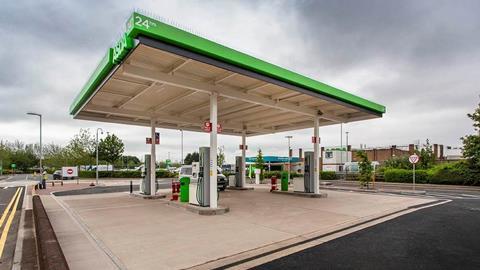

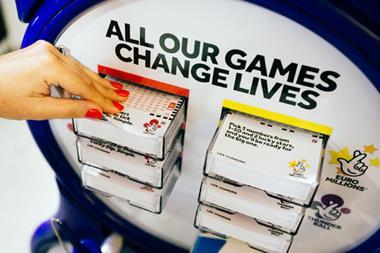
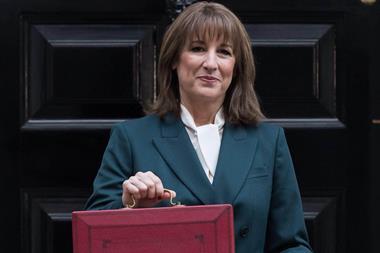



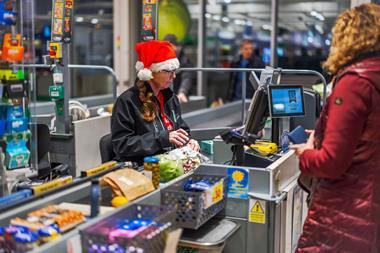
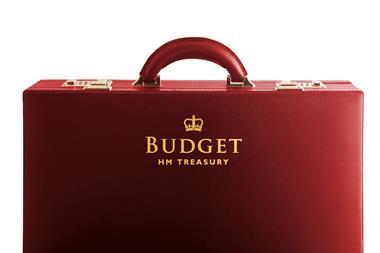



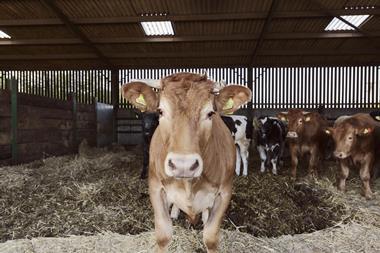
No comments yet